Description
Bur Oak Tree (Quercus macrocarpa) 1 Yr Old Seedling
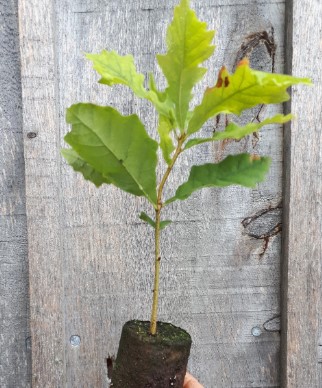
The Bur Oak (Quercus macrocarpa) is a hardy, native tree found across North America, recognized for its remarkable resilience, large size, and distinct acorns. It’s a popular choice for both reforestation efforts and residential landscapes due to its adaptability to a variety of soil types and environmental conditions. Here’s an in-depth look at this iconic species:
- Botanical Overview:
- Scientific Name: Quercus macrocarpa
- Family: Fagaceae
- Growth Zones: Hardy in USDA zones 3–8.
- Height & Spread: Mature trees typically reach heights of 50–80 feet, with a spread of 40–60 feet, making them a majestic addition to any landscape.
- Lifespan: Bur Oaks are incredibly long-lived, often surviving 200 years or more.
- Physical Characteristics:
- Leaves: The leaves are large, lobed, and deep green, turning yellow or brown in the fall.
- Acorns: Bur Oak acorns are large and distinctive, with a fringed cap covering about one-third of the nut. These acorns are favored by wildlife such as squirrels, deer, and birds.
- Bark: The bark is thick, deeply furrowed, and gray-brown, providing protection against fire and pests.
- Habitat and Growing Conditions:
- Soil: Thrives in deep, well-drained soils but is adaptable to a variety of soil types, including clay, loam, and sandy soils.
- Light: Full sun to partial shade. Bur Oak requires plenty of sunlight for optimal growth.
- Watering: While moderately drought-tolerant once established, regular watering is necessary for young trees.
- Native Range: Found across the central and eastern United States, from Texas to Ontario, Canada.
- Ecological Benefits:
- Wildlife Habitat: Bur Oaks provide valuable habitat for a variety of wildlife. Their large acorns serve as a food source for squirrels, deer, and birds, while their sturdy branches offer shelter.
- Shade and Erosion Control: With its wide canopy, Bur Oak is excellent for providing shade, and its deep roots help reduce soil erosion.
- Uses of the Bur Oak:
- Wood: The wood is strong, dense, and resistant to decay, making it valuable for furniture, flooring, and even railroad ties.
- Landscaping: Due to its majestic size, Bur Oak is often used as a shade tree in large landscapes, parks, and streetscapes.
- Conservation: Its resilience to various environmental conditions makes it ideal for reforestation and habitat restoration projects.
- Challenges and Considerations:
- Acorn Drop: The large acorns can create litter and may require cleaning up, especially in areas of high traffic.
- Slow Growth: Bur Oaks grow slowly, especially in the early years, so patience is required for those seeking to see mature trees quickly.
- Planting and Care Tips:
- Spacing: For optimal growth, plant Bur Oaks at least 40–50 feet apart to allow room for their wide canopy.
- Pruning: Prune to remove any dead or diseased branches, particularly during the dormant season.
- Fertilization: Typically, Bur Oaks do not require fertilization, but a balanced, slow-release fertilizer may be used if the soil is nutrient-poor.
The Bur Oak is a hardy, enduring species that offers beauty, shade, and ecological benefits for generations. Whether planted for its robust growth, its iconic acorns, or its adaptability, it is an excellent choice for large landscapes, parks, and conservation efforts.

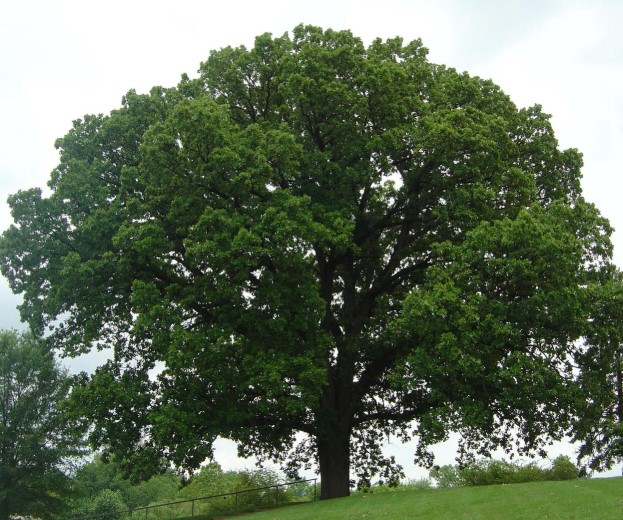
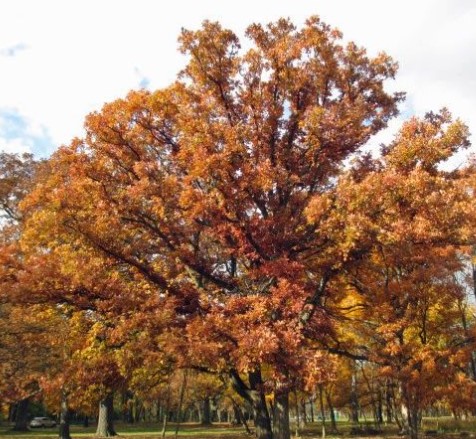
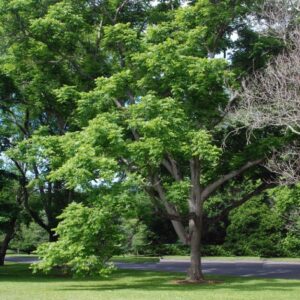
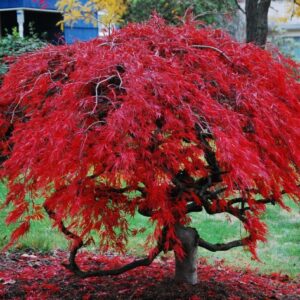
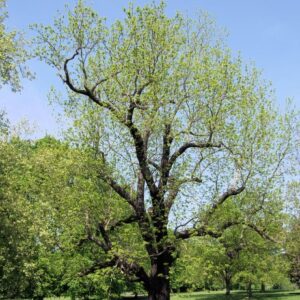
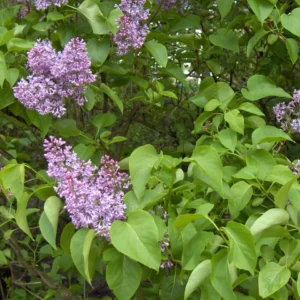
Reviews
There are no reviews yet.